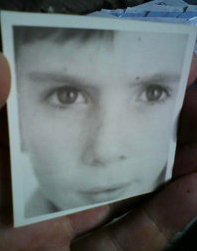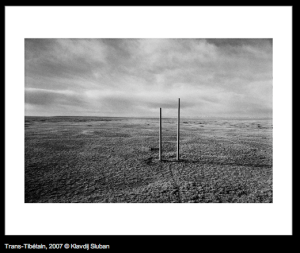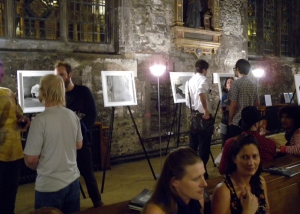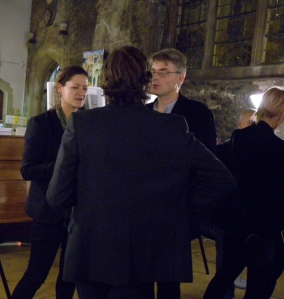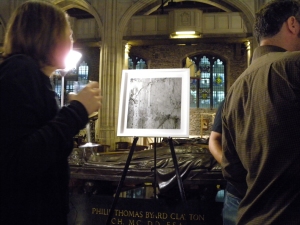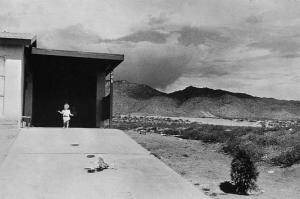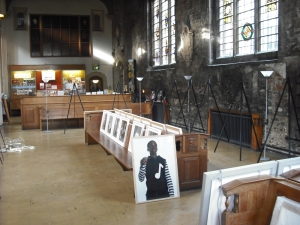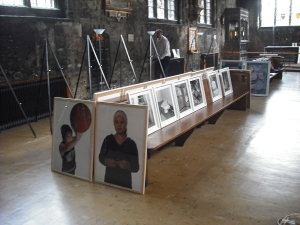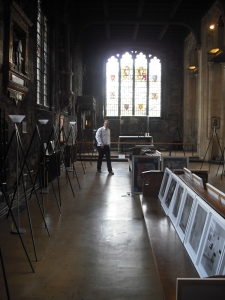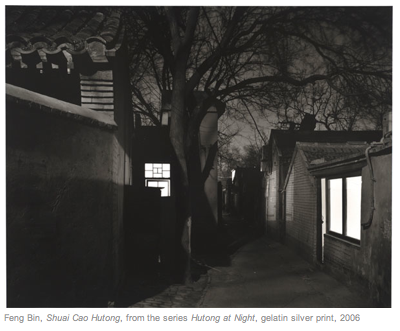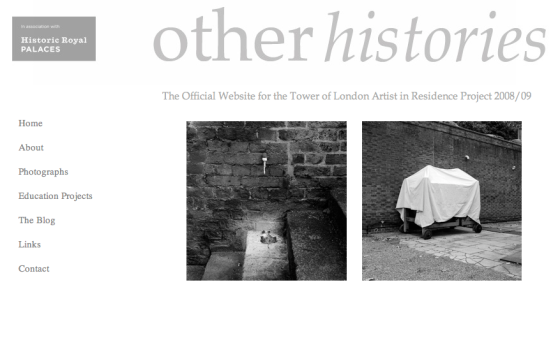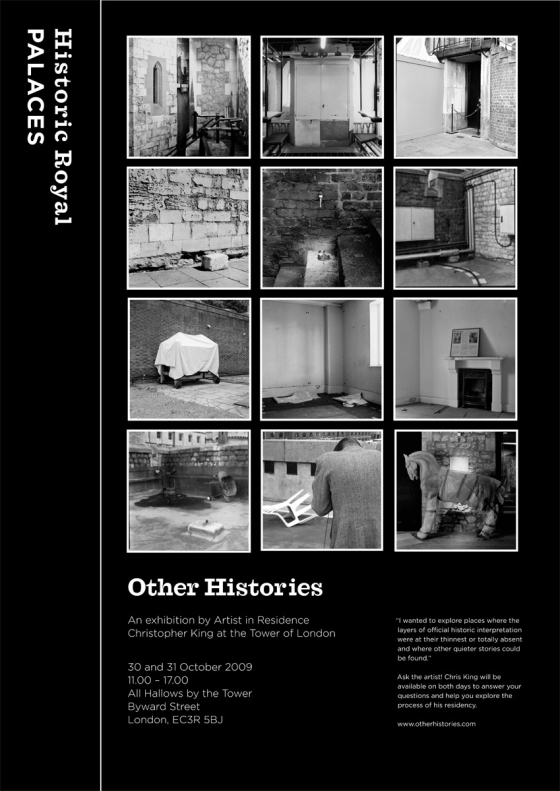This blog was created as an online sketchbook for the Tower of London Photographer in Residence Project, so now that my time in this role is over and the exhibition has come down it really is time to finish the blog.
(If you have just discovered this blog you can go to the first page by clicking here and then navigate through the posts in order via the link at the bottom of each page)
I’d like to thank all those involved, from the organizers in the Towers excellent education department who showed so much faith in my work, to the people at the Tower who gave me access and information that made my time so interesting and enjoyable, to the professionals who helped me create the final photographs and of course to all the people that followed the project through the varied elements of its creation.
I think that through this residency (and its blog) I have learned more about my own photography than any other time since I left university. I have had to examine my process and the way that I communicate through my imagery, I have also become aware of what interests me and why I am drawn to photograph it in the way that I do. Thanks to the excellent feedback I have received through the blog and from talking about the work I have also regained a stronger confidence and belief in my own work.
I hope that the blog has been of interest and given an insight to the creative process involved in such a project.
If this blog has aroused some interest in the broad church that is contemporary photography I thought I would leave you with some other blogs to keep you informed:
http://www.americansuburbx.com/
http://1000wordsphotographymagazine.blogspot.com/
http://www.lensculture.com/webloglc/
http://contactcollective.blogspot.com/
http://theartsforum.blogspot.com/
If you want to keep up with my future work please have an occasional look at my website : www.christopherking.org. Im planning to overhaul it over the next month or so to include news and more information. Also, please feel free to contact me via email.
(update Feb 2010: I will be running a new blog on tumblr – http://brokencamera.tumblr.com )
Thanks for your time.
‘..you venture to seek what is underneath but the surface is inexhaustible’
– Italo Calvino
